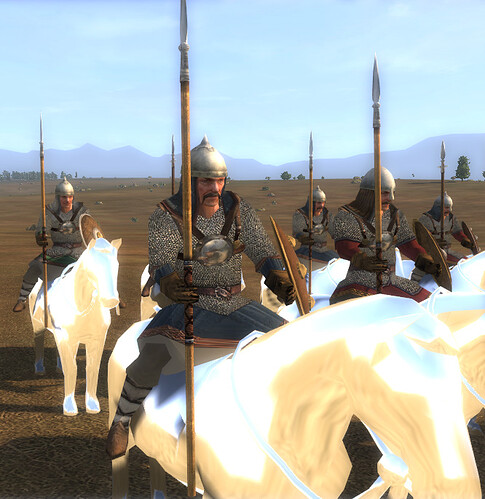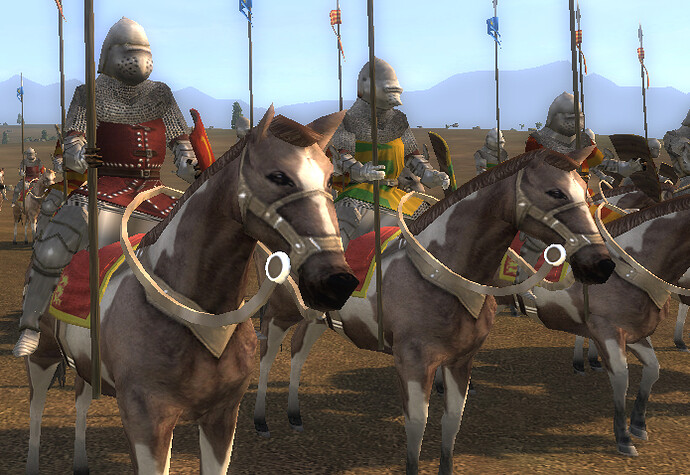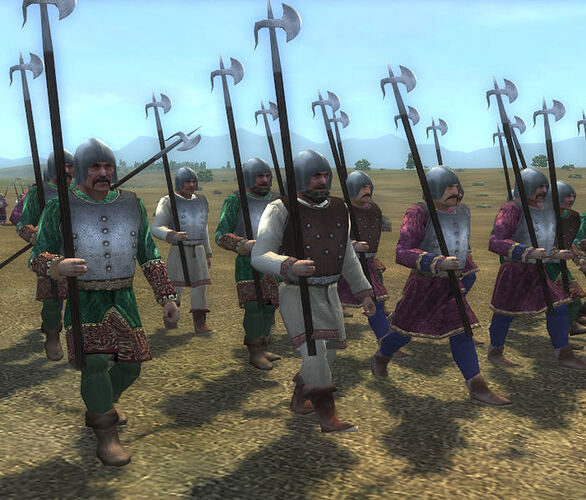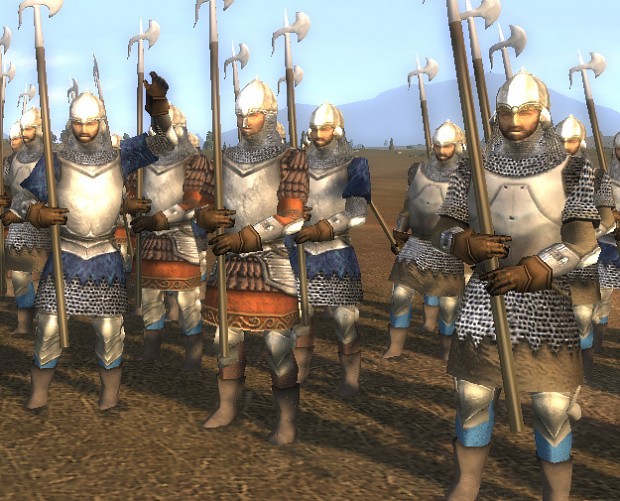1. History:
When saying “Romanian” in the middle ages, one means 3 things: the state of Wallachia, the state of Moldavia and most of the population of Transylvania.
Historically, the Romanians had mostly hit & run cavalry army. Being focused more on asymetrical warfare than conventional war, due to being used to being outnumbered and knowing they would lose head-on.
The origins of the Romanians are a mystery, the majority of contemporary scholars such as Kekaumenos, John Kinnamos, Simon of Kéza, Poggio Bracciolini, Aeneas Sylvius Piccolomini, Nicolaus Olahus wrote that the Vlachs ancestors had been Roman colonists settled in Dacia Traiana as they speak a latin-based language, their name “Vlachs” comes from the old Germanic “stranger” which was used to describe the Romans and in their tongue they still call themselves “Romani” meaning “citizens of the Roman Empire”. While others such as William of Rubruck wrote that the Vlachs descended from the Ulac people.
The first independent Romanian state appeared in 1330 when Basarab I the Founder revolted against the Kingdom of Hungary and defeated the Hungarian armies at the Battle of Posada. For most of their history, the Romanians were sandwiched between the much stronger Hungarians, the Polish and the Ottomans and would often side with one or another to preserve their independence.
It is in this context that Vlad the Impaler appeared, who has a campaign in the game. The Romanians were known of using hit and run tactics to harass and drain the armies of their much stronger opponents, until they had a chance at face to face combat, using the enviroment in their advantage, especially the swamps that could easily be used to lock an army into place and encircle it, taking advantage of their knowledge of the local area, and scorched land tactics, where the Romanians would burn the fields and poison the water in front of all invading armies, in a further attempt to drain their resources and manpower.
In short, the Romanians’ war strategy were rarely about charging your opponent heads on, as most of often than not, they would stand no chance, and more about picking your battles and using the land to your advantage. Vlad the Impaler’s famous night attack, when he charged into the Ottoman camps at midnight with his whole army, almost killing the sultan, was merely another piece of a long Romanians tradition of fighting this way. Mircea the Elder previously defeated Sultan Baiazid I at the battle of Rovine with 12.000 troops against 40.000 with similar tactics. And before that, Basarab I the Founder earned Romanians independence through an ambush at the Carpathian passes with 10.000 troops made out mostly of conscripted peasants against the Hungarian 30.000 troops army made out mostly of professional mercenaries.
2. Architecture: Eastern European
3. Tech Tree Disabled:
Archery Range → Hand Cannoner.
Barracks → Eagle Scout.
Stable → Rider Camel, Battle Elephant, Steppe Lancer.
Siege Workshop → Onager, Heavy Scorpion, Bombard Cannon.
Blacksmith → -
Dock → Demolition Ship, Cannon Galleon.
University → Heated Shot, Arrowslits, Chemistry
Castle → Sappers
Monastery → Atonement, Herbal Medicine, Sanctity, Faith, Illumination, Block printing
Town Center → -
Mining Camp → Stone Shaft Mining
Lumber Camp → -
Market → -
Mill → -
Militarily it has: poor siege (Romanians not known for their catapults or great siege), poor ships (again, only having little sea access), no chemistry (was a bit late to the part in this department, only aroung 1600s), weak monks (being orthodox, the church didn’t have such an international influence as it did for catholics).
4. Unique Unit (pick your favourite):
Castle: Viteji (but pick your favourite from below).
Barracks: Portar (upgrade to Haleberdier)
Viteji (Heavy Cavalry) → Literally “Brave Ones” they are soldiers who gained lands and property through bravery in warfare. The viteji are therefore, as expected, among the most resolute and brave warriors a ruler could ask for. Like many elements of Romanian cavalry, the Viteji show influences both from the East and West, and their style of warfare imitates that of Cuman or Tatar armored horse archers.
By their nature they are very versatile cavalry. In battle, the voievod would use these troops to counter the enemy’s cavalry flanks, either by engaging light cavalry in melee or harassing and exhausting heavy cavalry, then providing the decisive charge into the enemy’s flanks.
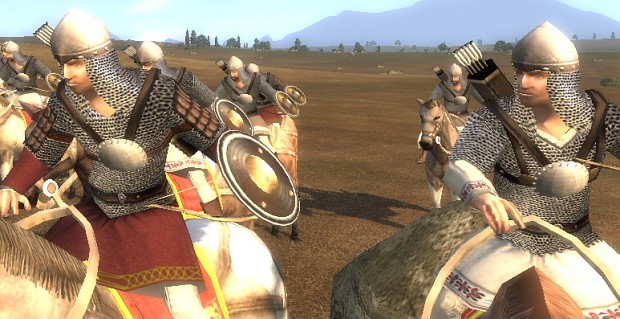
Calarasi (Light Cavalry) → Călăraşi form a part of the “oastea cea mica” (small host) and are part of the “slujitorii” (servants of the lord). Their name implies they fight on horseback. These soldiers were given land in exchange for military service, and retained their land so long as they remained as a readily-available force for the voievod, and exclusively in the service of the voievod. They are lightly armored, comparable to their curteni, and wield a composite bow. They were a very successful military instrument, remaining a significant part of the Wallachian army up until 1600, and form a potent counter to other horse archers.
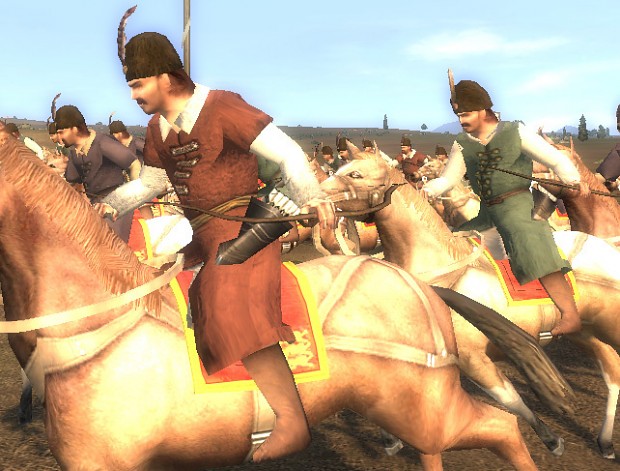
Curteni (Light cavalry) → Literally “Men of the Court” they are the retainers of the boyars whom he takes into battle on horseback. Historically, they acted as a small mounted detachment under the direct command of a boyar. They are not as competent as the Viteji, nor as fast as the Calarasi, but given the tradition of light cavalry in Wallachian armies, they are form a versatile screen for the Calarasi. Their armor is very light, though this aids in their speed. They wield a spear or a lance in battle, omitting the benefit of a ranged weapon in favor of a large shield. They can perform devastating charges repeatedly due to their light equipment, but should not be expected to hold off a well-armed opponent.
Nemesi (Heavy Cavalry) → Are the equivalent of the Viteji but armed with spears instead of bows. This will be the strongest cavalry unit before the Boyars and the Princely Bodyguard.
Princely Bodyguard (heavy cavalry) → The Voievod of Wallachia keeps at his side a bodyguard of warriors paid from his own coffers, either consisting of native troops or mercenaries. Only the most loyal boiers, often those serving on the princely court, were entrusted with protecting the voievod. These men are equipped with the finest arms and armor money can buy, often with platemail bought from Venice or other Italian cities. It was even said in a chronicle that the Wallachian voievod Vladislav-Vlaicu bought 10,000 suits of Venetian plate armor in anticipation of warfare against the Hungarians. These form the elite of Wallachian heavy cavalry.
Wallachian Boyars → The boieri form the elite of Wallachian society and Wallachia’s heavy cavalry. They are the Wallachian nobles, who own vast swathes of land and rule over dependent peasants. Dressed in heavy armor, atop powerful mounts, and fighting in a style reminiscent of Western knights, they are a powerful force on the battlefield. The boieri however, are very accustomed to the game of political intrigue, and it is a telling fact that most of the Wallachian princes died of Wallachian swords and assassination than of old age, or on the field of battle. It is more telling that 20 princes were quickly cycled onto the Wallachian throne from 1418 to 1456, averaging to short and ineffective two-year reigns. The state of chaos caused by the boieri during this time was so great that when Vlad III Tepes came to power he immediately had many of then killed (some of whom had actually assassinated his father and his older brother Mircea), deposed others from the princely council (replacing them with obscure or foreign nobles) and tried to promote the land-owning Mosneni as a counter-weight against them. Even so, the Boiars would rebound after Vlad III’s death, becoming a powerful force. If a voievod can keep them satisfied and loyal, the boieri will form a decisive force on the battlefield and a much-needed unit of heavy, melee-based cavalry.

Portar → Literally “Gatekeeper”, the Portars are Moldavian heavily armored pikemen. The Romanian principalities relied mainly on hit and run tactics with light cavalry and archer units so the Portar will be a valueable anti-rush unit for defense.
Armas → The Wallachian counterpart of the Portar, these are the elite and most loyal infantry any voievod can have. Formed in the 15th century by Vlad Dracula and kept ever since, this powerful corps of infantry were used to counter-act the growing power of the Boyars, and are the only professional, non-mercenary force in the Wallachian army. Alongside their military role, they also act as a corps of gendarmes, keeping order in the country and upholding the voievod’s laws. They were the underlings of the Armas, a boyar who was a member of the Princely Council. They are professional soldiers, paid from the voievod’s coffers, and remain fiercely loyal to him. They are armed with halberds or other polearms, and dress in the best armors available. They are possibly the best-supplied footmen in the country.
Since most new factions now have 2 unique unit: the Romanians can have Portar as a unique improvement to Halberdier, making him more evenly matched against Champions. And one of the knight types above in the castle. Personally, I would like the Viteji or Princely Bodyguards as the castle unit.
5. Unique Bonuses/Techs:
Bonus:
B1: Military Training - Villagres have +2 armor/pierce armor.
B2: Wallachian Forests - Mill, Lumber Camp and Mining Camp upgrades cost -50 wood.
B3: Horse Breeding - Bloodlines is free.
UT1: The Order of the Dragon → Knights line costs 15% less.
UT2: Hit & Run → Archers fire 20% faster.
Team Bonus: Serfdom - Farms cost -10 wood.
6. Name: Romanians. In the middle ages Romanians used to be called Vlachs, but they called themselves Romanians, this is not the case anymore, but back then it was like how Germany calls itself “Deutschland” but it is called different things by other nations.
7. Spoken Language: Modern Romanian. Unlike English that changed so much that Old English is a completly different language, Old Romanian and Modern Romanian are mutually intelligible.
8. AI Rulers List:
- Basarab I the Founder (1310 - 1352) - Founder of Wallachia.
- Bogdan I the Founder (1307 - 1367) - Founder of Moldavia.
- Mircea the Elder (1355 - 1418) - Prince of Wallachia, great-grandson of Basarab I.
- Vlad II the Dragon (1395 - 1447) - Prince of Wallachia, son of Mircea the Elder, father of Vlad the Impaler.
- Vlad III the Impaler (1431 - 1476) - Prince of Wallachia, Dracula’s campaign is about him.
- Radu the Fair (1437 - 1475) - Prince of Wallachia, younger brother of Vlad the Impaler.
- Stephen III the Great (1435 - 1504) - Prince of Moldavia, cousin of Vlad the Impaler.
- Alexandru Lapusneanu (1499 - 1568) - Prince of Moldavia.
- Matei Basarab (1588 - 1654) - Prince of Wallachia.
- Vasile Lupu (1595 - 1661) - Prince of Moldavia.
- Michael II the Brave (1558 - 1601) - Prince of Wallachia and Moldavia.
- Constantin Brancoveanu (1654 – 1714) - Prince of Wallachia.
- Dimitrie Cantemir (1673 – 1723) - Prince of Moldavia.
9. Wonder (pick your favourite):
10. Campaign Suggestion
Bassarab & Bogdan - How Wallachia and Moldavia came to be independent kingdoms.

